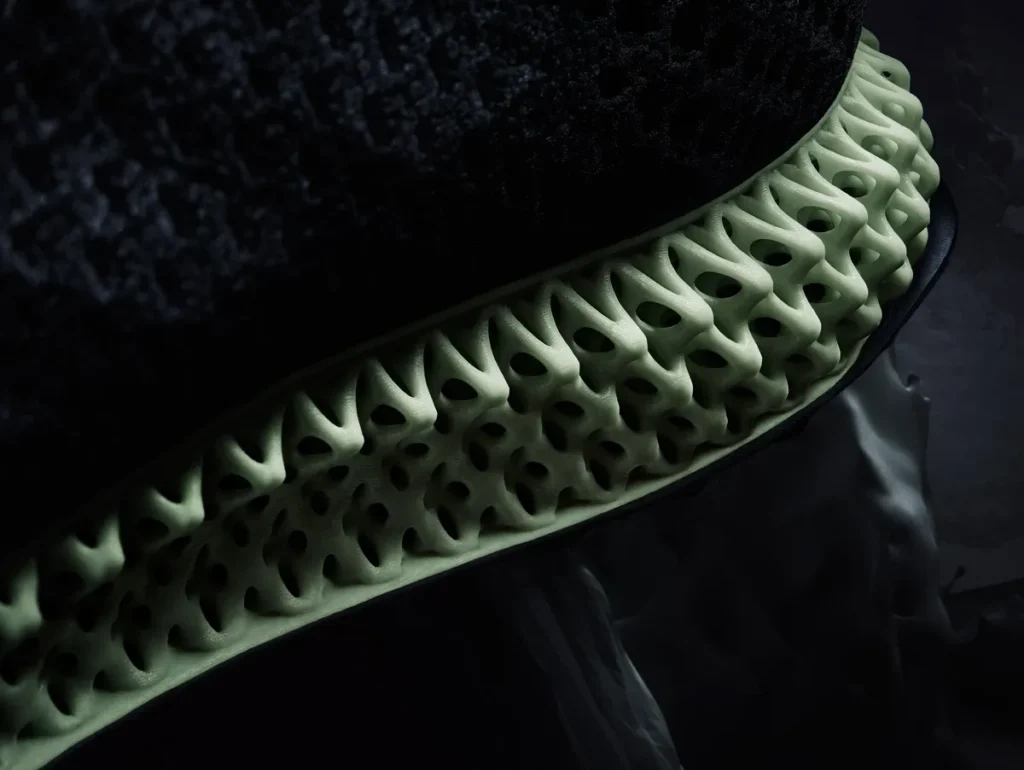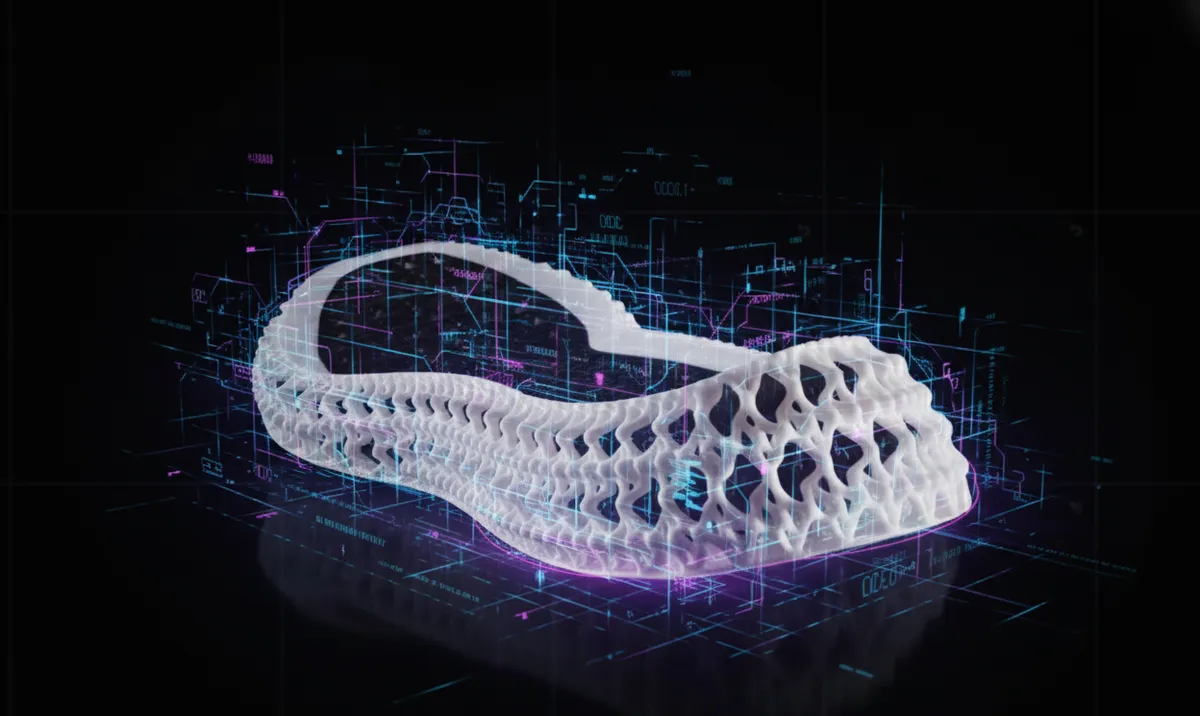Imagine a sneaker that doesn’t just adapt to your foot, but actively channels your energy forward, propelling each step as if it were designed exclusively for you. What would you do if you could unlock the science behind this transformation in the world of sports? In this article, we’ll break down Adidas’ 4D technology in a way that’s both technical and accessible, guiding you through the questions that reveal the secrets of this innovation. By the end, you won’t just know what it is—you’ll question how it could revolutionize your athletic routine. Ready to dive in?
What Is Adidas’ 4D Technology?

First, ask yourself: What separates an ordinary shoe from one that seems to anticipate your every move? The Adidas 4D technology is a midsole produced through advanced 3D printing, using the Digital Light Synthesis (DLS) process, developed in partnership with Carbon. This “fourth dimension” refers to the precise temporal and spatial control in creating complex structures, adding layers of functionality beyond the traditional three dimensions.
At its core, 4D creates custom lattices (reticular structures) that deliver optimized cushioning, stability, and energy return. But why does this matter? Unlike traditional molding methods, 4D enables designs impossible with conventional foams—like asymmetrically compressing cells that guide your movement.
Key Components of 4D
- Photosensitive Resin: A liquid material that solidifies under UV light.
- Oxygen-Permeable Window: Inhibits curing in specific areas, allowing for continuous printing.
- Lattice Structure: Hexagonal or custom cell networks, based on athlete data.
Think about it: If you could map the running patterns of thousands of athletes, how would you use that data to reinvent a sole?
How Does the 4D Manufacturing Process Work?
Now, consider this: How do you turn a liquid into a solid structure that responds to human impact in milliseconds? The DLS process is the heart of 4D and radically differs from traditional 3D printing (like FDM or SLA).
Technical Steps of Digital Light Synthesis
- Digital Preparation: Adidas engineers use algorithms to simulate biomechanical forces. Sensor data from running tracks generates 3D models that prioritize forward compression.
- Continuous Printing: A UV lamp projects images through a quartz window permeable to oxygen. The oxygen creates a “dead zone” where the resin doesn’t cure, enabling continuous movement—up to 100 layers per minute.
- Solidification and Post-Processing: The resin cures in seconds, forming a precise part with tolerances of ±0.1 mm. It’s then washed, thermally cured, and integrated into the shoe’s upper.
| Step | Technical Description | Advantage |
|---|---|---|
| Modeling | AI-based algorithms analyze movement data | Scalable customization |
| DLS Printing | UV light + O2 selectively inhibit curing | 4x faster than traditional SLA |
| Integration | Bonding with thermoplastic adhesives | Durability > 500 km of use |
This efficiency raises a question: In a world of mass production, how does 4D balance personalization with sustainability? Adidas claims to reduce waste by up to 30% compared to injection methods.
Technical Benefits of 4D: Why It Outperforms Competitors
What if a sole could “learn” from your run? The benefits of 4D go beyond comfort—they’re measurable. Tests show superior energy return compared to traditional EVA foams, as seen in the 4DFWD model.
Key Advantages
- Directionality: In the 4DFWD model, the lattice directs force forward, reducing fatigue during long runs.
- Durability: Structures withstand thousands of compression cycles without deforming.
- Sustainability: Less material and potential for recyclable resins.
Compared to other technologies, 4D stands out for its data-driven precision. But do you think these gains justify the premium price?
Practical Applications in Adidas Footwear
How can you apply this technology in everyday life? 4D debuted in the Futurecraft 4D (2017) and has evolved into lines like Adizero and Ultraboost. In 2025, the 4DFWD integrates real-time feedback via the Adidas Running app.
Standout Models in 2025
- 4DFWD 2.0: Focused on propulsion, ideal for marathons.
- AlphaEdge 4D: Hybrid for cross-training.
- Futurecraft 4D X: Sustainable version with recycled materials.
Ask yourself: Which model would suit your sport? Running, basketball, or casual wear?
Recent Innovations in 4D Technology as of 2025
What does the future hold when AI meets 3D printing? In 2025, Adidas expanded 4D to full soles, integrating conductive microfibers for posture tracking. Partnerships with Carbon are advancing bio-based resins, reducing the carbon footprint.
Challenges remain: production costs and scalability. But with generative AI, on-demand customization could soon become a reality.
Conclusion: Is the Future of Footwear in 4D?
Reflect: How does Adidas’ 4D technology redefine what “performance” means? This innovation isn’t just about printed soles—it’s about data, precision, and human evolution. By exploring these concepts, you’ll discover that the real breakthrough lies in curiosity: How can you apply this to your life?



